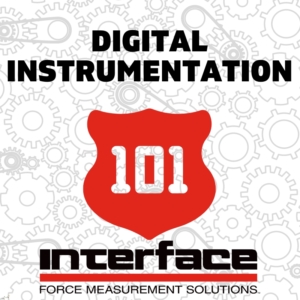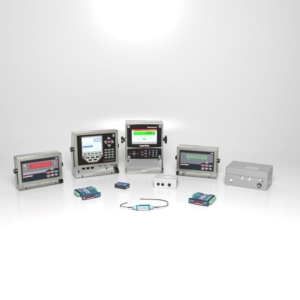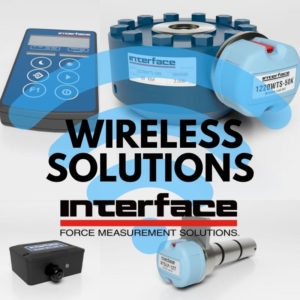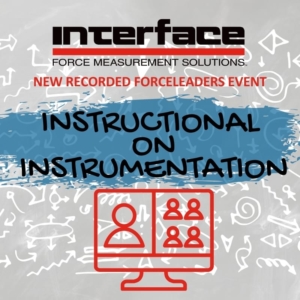Bluetooth Telemetry 101
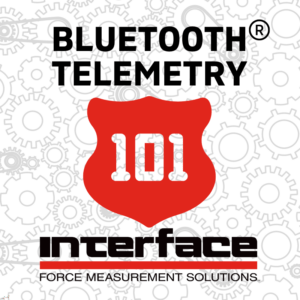 Bluetooth is a short-range wireless technology that allows devices to connect and exchange data over short distances without cables. It’s commonly used to connect peripherals to a mobile device or computer.
Bluetooth is a short-range wireless technology that allows devices to connect and exchange data over short distances without cables. It’s commonly used to connect peripherals to a mobile device or computer.
In the world of force measurement, wireless and Bluetooth capabilities add a new dimension to the testing and measuring of various products across industries. Today, the cableless capabilities provide the same measurement accuracy while adding convenience for the user when wires that once got in the way can be eliminated. It has also opened the possibility of testing applications that previously could not be tested due to wires inhibiting the test.
A Bluetooth telemetry system is a wireless system that uses Bluetooth technology to remotely transmit data from sensors or other devices to a receiving device, typically a smartphone or tablet. A system typically includes:
- Bluetooth-enabled sensors gather the data you want to monitor, including force, torque, and weight.
- Bluetooth transmitters convert the sensor data into a format suitable for wireless transmission and send it using Bluetooth.
- Receiving devices are phones, tablets, displays, or instruments that receive and reveal the transmitter’s data through a dedicated app.
The essential advantage of a Bluetooth telemetry system is its wireless feature, eliminating the need for cables and offering greater data collection flexibility, particularly when running wires might be impractical or cumbersome. Read more in Interface Bluetooth Telemetry System Provides Measurements Viewable on Mobile Platforms.
Interface Bluetooth Devices
BSC4D-BT Portable 4-channel Bluetooth Data Logger
4850 Battery Powered Bluetooth Weight Indicator
BX6-BT Portable 6-Channel High-Speed Bluetooth Data Logger
BX6-BT-OEM Portable 6-Channel High-Speed Bluetooth Data Logger
Interface Bluetooth Telemetry System
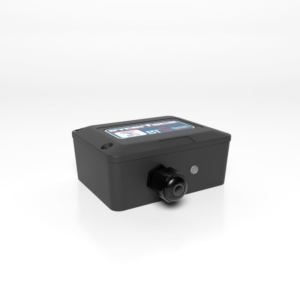 The Interface Bluetooth® Telemetry System (BTS) transmits high-quality data from load cells to single and multiple devices. It offers numerous benefits, including high accuracy, high resolution, IP-rated enclosures, and multiple configuration options. The quality of Interface load cell performance is fully realized by utilizing the convenience of this system, which acts as a data bridge between the load cell and a display device.
The Interface Bluetooth® Telemetry System (BTS) transmits high-quality data from load cells to single and multiple devices. It offers numerous benefits, including high accuracy, high resolution, IP-rated enclosures, and multiple configuration options. The quality of Interface load cell performance is fully realized by utilizing the convenience of this system, which acts as a data bridge between the load cell and a display device.
The premium advantage of the Interface Bluetooth Telemetry System, above the long battery life, low cost, and mobile app visualization resources, is its ability to connect directly to mobile devices to collect data without an internet connection. This allows engineers to complete field testing in remote locations or hard-to-access areas.
Free iOS and Android apps are available for download and enable users to create dashboards with varying degrees of detail based on application requirements. The BTS output can be visualized on phones and tablets using digital displays, gages, tanks, and charts.
The BTS Bluetooth® Telemetry System features high measurement resolution, which produces a noise-free resolution of 1 in 92,000 counts (16.5 bit) when used with a 3mV/V sensor and 1 in 184,000 counts (17.5 bit) when used with a 6mV/V sensor. The system also allows for advert format, encoding, and details on connected services to facilitate simple device integration within custom apps for OEM applications. BTS can connect 12 sensors to a single or multiple mobile devices. Watch the video BTS Bluetooth® Telemetry System Set Up to learn more.
Bluetooth Telemetry System Applications
Bluetooth Show Booth Monitoring
Displays are more complex to showcase small and large products worldwide at exhibitions. This customer needed a durable and easy installation for an automotive tradeshow. The cars need to be displayed in the best light regarding automotive showcases. To solve this, a wireless monitoring system was suggested to monitor the different components attached to the truss above the show booth, holding light fixtures and video screens. Interface installed multiple ISHK-B Bow Type Crosby™ Cabled Load Shackles connected to Bluetooth® Telemetry System to the truss above the auto show booth. The load shackles force load data was wirelessly transmitted directly to the customer’s phone through the Bluetooth Mobile App. The wireless load shackles and BTS Bluetooth® Telemetry System were the perfect systems to monitor the truss load above the auto show booth. Read more here.
Equine Bridle Tension System
A customer in the equine industry needed to quantify the so-called “poll pressure” of a bridle system for a horse. Bits designed to give strong poll pressure using simple pulley lever principles show a much-attenuated transfer of the rein tension through the bit to the poll. The attenuation is readily understood when the equine mouth is recognized as a “floating” fulcrum degrading an ideal lever, otherwise required for a fixed pivot point. Interface suggested a BTS Equine Bridle Tension System, with two SMA Miniature S-Type Load Cells in both the line of the reins and that of the cheekpiece on one side of the horse, were used to study the dynamic response of the cheekpiece tension to rein tension in the ridden horse.
Results were transmitted by the BTS-AM-1 Bluetooth Low Energy (BLE) Strain Bridge Transmitter Module to the BTS Toolkit Mobile App and displayed on a mobile device. The fundamental operation of the bits could be discovered on the laboratory bench. The equine mouth is expected to provide the fulcrum. Within the real experimental system comprising the rider’s hands, the horse’s mouth, and the bit, the elasticity of the equine mouth provides a “floating” fulcrum and a potential source of time-lag and decoherence between the dynamic rein and cheekpiece tensions. Read more here.
WTS-BTS-Brochure-1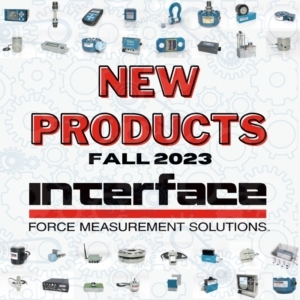 Interface has added new load cells and instrumentation to our expansive measurement solutions
Interface has added new load cells and instrumentation to our expansive measurement solutions 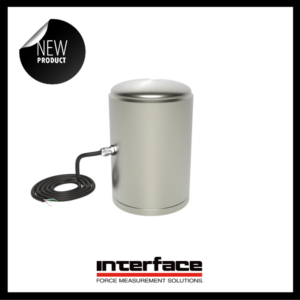 Interface’s new
Interface’s new 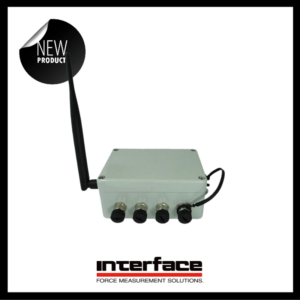 Interface’s new
Interface’s new 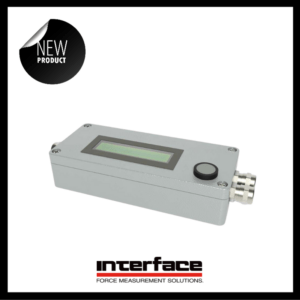 The new Interface
The new Interface 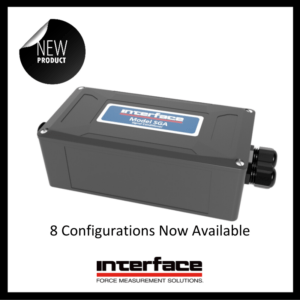 Interface versatile
Interface versatile 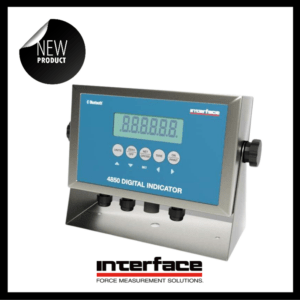 The new Interface
The new Interface 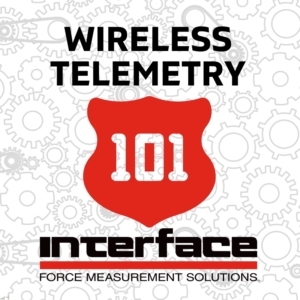 A wireless telemetry system enables the remote measurement and transmission of data from one location to another without the need for physical wired connections. As technology advances, wireless telemetry systems are becoming increasingly sophisticated, reliable, and secure, enabling them to be applied in various industries and use cases for test and measurement applications.
A wireless telemetry system enables the remote measurement and transmission of data from one location to another without the need for physical wired connections. As technology advances, wireless telemetry systems are becoming increasingly sophisticated, reliable, and secure, enabling them to be applied in various industries and use cases for test and measurement applications.
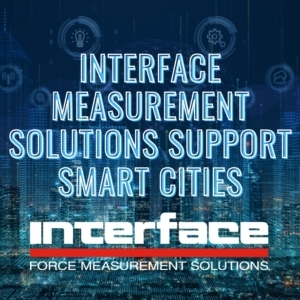 Various Interface
Various Interface 